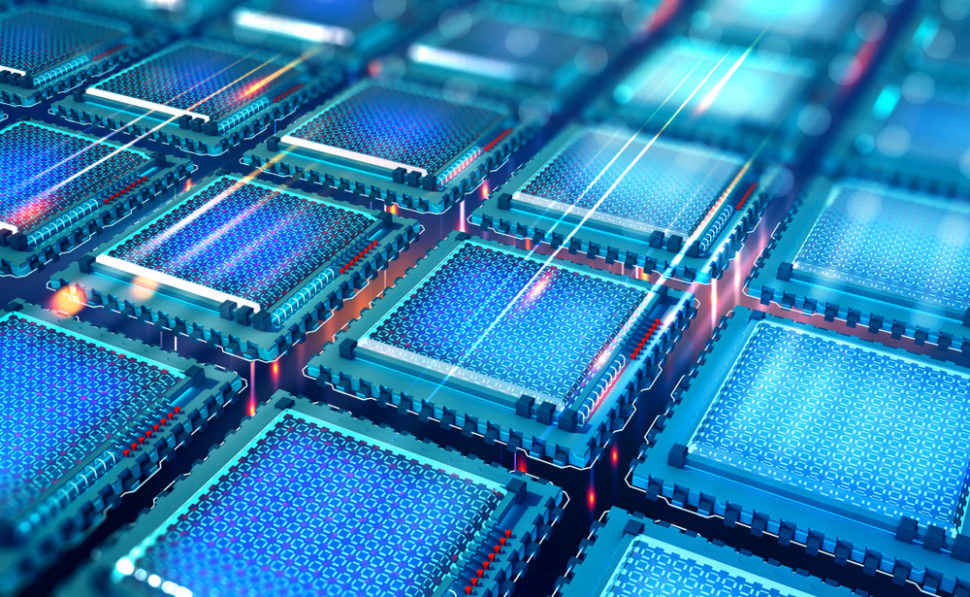Your computer, or any other device from which you’re reading this piece, use electrons as information carriers.
Electrons have accommodated us for decades, but for our future information processing needs, they’re already starting to show signs of obsolescence.
The elementary particles of light, photons, have been suggested as potential information carriers for their speed and energy needs.
Like electrons, photons are also able to transmit data but much faster and with lesser energy consumption due to their higher bandwidth.
Since the 1970s, scientists have been exploring the potentials of optical computers or photonic computing, but many technical hurdles hit them.
Optical Computers: We Could Use Some Photons!
Electron-based computers consume vast quantities of energy, and a large of it goes to waste, dissipated in the form of heat. On the other hand, processing data with photons could be faster and more energy-efficient.
Photon-based computers with all their high potentials would solve a lot of the computation speed challenges we’re currently facing.
The switch to optical computers is gradually made, as more of optically-enhanced computers are developed than fully photonic computers. Engineers are rethinking the whole system, taking it one issue at a time.
Silicon Photonics is a technology that illustrates this trend.
Led by researchers from the Technical University of Munich (TUM), an international team of physicists announced they have created what they call quantum light sources.
With accuracy within a few nanometers, the team managed to place light sources in three-atom thick layers of semiconductor material called molybdenum disulfide (MoS2).
While it is possible to make quantum light sources from conventional 3D materials, like silicon or diamond, engineers can’t place them in atomically thin materials with such precision as with the new method.
Julian Klein, the lead author of the study, explained the significance of the present research for the development of optical computers:
“This constitutes a first key step towards optical quantum computers. Because for future applications the light sources must be coupled with photon circuits, waveguides for example, in order to make light-based quantum calculations possible.”
The new method, which allows precise control over the placement of the light sources, would be of significant importance to many applications in quantum technologies — from quantum sensors and transistors to more secure data encryption solutions.
According to the team, their quantum light sources are theoretically indistinguishable engineering-wise. Meaning, they can be integrated without problem into existing photon circuits.
Klein added:
“Owing to the high sensitivity, for example, it is possible to build quantum sensors for smartphones and develop extremely secure encryption technologies for data transmission.”
Quantum light sources could be connected with quantum fiber optic cables, detectors, sensors, transistors, and other quantum components until the full switch to true quantum optical computers is made.



















Comments (0)
Most Recent